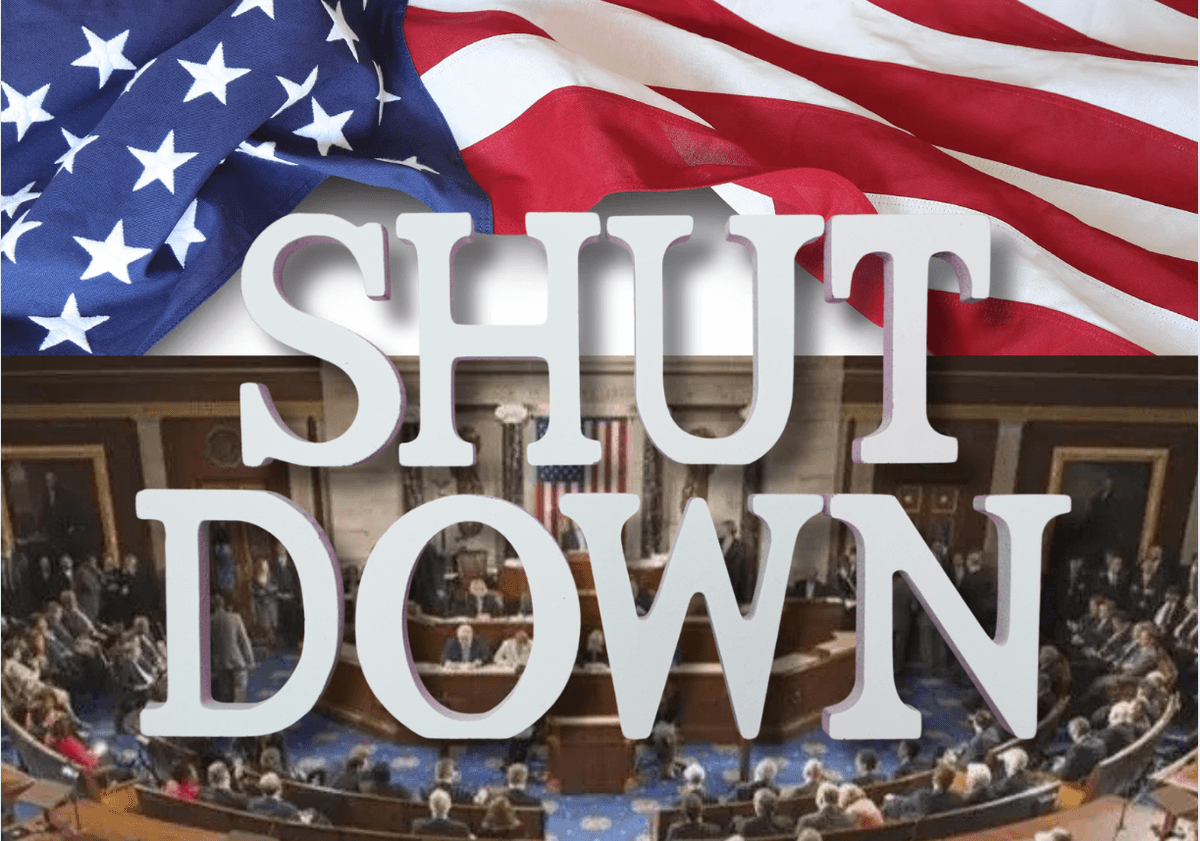
The United States federal government entered a partial shutdown at midnight on October 1, 2025 (noon Hong Kong time), following the Senate's rejection of a House-passed bill aimed at funding operations through November 21. According to US media reports, Senate Democrats voted down the measure on September 30 (Tuesday), triggering the impasse that has now halted non-essential federal services and furloughed thousands of workers.
The shutdown marked the culmination of intense partisan wrangling over spending priorities. On the morning of October 1, the Senate voted on a Democratic funding proposal, which failed 47-53. In the afternoon, a Republican-backed bill met a similar fate, derailed by Democratic demands for protections in healthcare funding.
According to The New York Times, Democrats introduced another temporary funding bill on Wednesday, October 1, only to see it defeated in the Senate with unanimous Republican opposition. Later that afternoon, Republicans pushed for an extension to November 21, but the measure fell short again, passing 45-55—the party's third defeat in recent days.
The standoff highlights deep divisions in Congress, with both parties accusing the other of intransigence. National landmarks like the US Capitol Visitor Center closed on the first day of the shutdown, displaying warning signs as tourists were turned away against the backdrop of the iconic Capitol dome.
White House Press Secretary Karoline Leavitt addressed the crisis during a briefing, criticizing Democrats for prioritizing political posturing over practical solutions. "If Democrats truly cared about healthcare, they would applaud the measures President Trump has taken since taking office to lower medical costs," Leavitt said. She highlighted Trump's announcement on Tuesday of a new agreement with Pfizer to reduce prescription drug prices, framing it as evidence of the administration's commitment to affordable care.
Vice President JD Vance echoed a more optimistic tone, downplaying the shutdown's potential duration. Speaking at the same briefing, Vance stated, "I actually don't think the government shutdown will last that long." However, he acknowledged the practical challenges ahead, noting, "If the shutdown drags on for days or even weeks, we'll have to implement furloughs and cut back on certain expenditures to avoid disruptions to essential services."
The shutdown, the first since 2018-2019, affects an estimated 2 million federal employees, with non-essential operations grinding to a halt. Essential services, such as air traffic control and national security, continue uninterrupted, but agencies like the National Park Service and the Environmental Protection Agency face closures and reduced staffing.
As Congress races to negotiate a resolution, the impasse underscores ongoing battles over fiscal policy, with Democrats pushing for safeguards in social programs and Republicans advocating for spending restraint. With midterm elections looming, the political fallout could intensify pressure on lawmakers to compromise.
The White House has urged swift action, while Capitol Hill remains locked in debate. For now, the American public braces for the economic ripple effects of a government at a standstill.